After updating to macOS 26 Tahoe, some Mac users have reported seeing the warning message “Your system has run out of application memory”. When this happens, the Mac becomes unresponsive or extremely slow, making it difficult to continue using the computer.
If you never encountered this issue before installing macOS 26 Tahoe, don’t worry — this guide explains why it happens and how to fix it effectively.
Understanding Mac Memory Usage on macOS 26 Tahoe
Your Mac’s physical memory (for example, 16 GB or 32 GB of RAM) is divided by macOS into several categories:
• App Memory – The memory currently being used by apps and their processes.
• Wired Memory – Memory reserved by the system that cannot be compressed or swapped out.
• Compressed Memory – When RAM is nearly full, macOS compresses inactive data to save space.
• Cached Files – Memory used to store recently accessed files and apps for faster access.
You can view this breakdown in Activity Monitor → Memory tab. Among these, users can mainly control App Memory and Cached Files to free up system resources.
1. Check Which Apps Are Using the Most Memory
First, identify which apps or processes are consuming the most memory:
1. Open Activity Monitor (located in Applications → Utilities). Click the Memory tab.
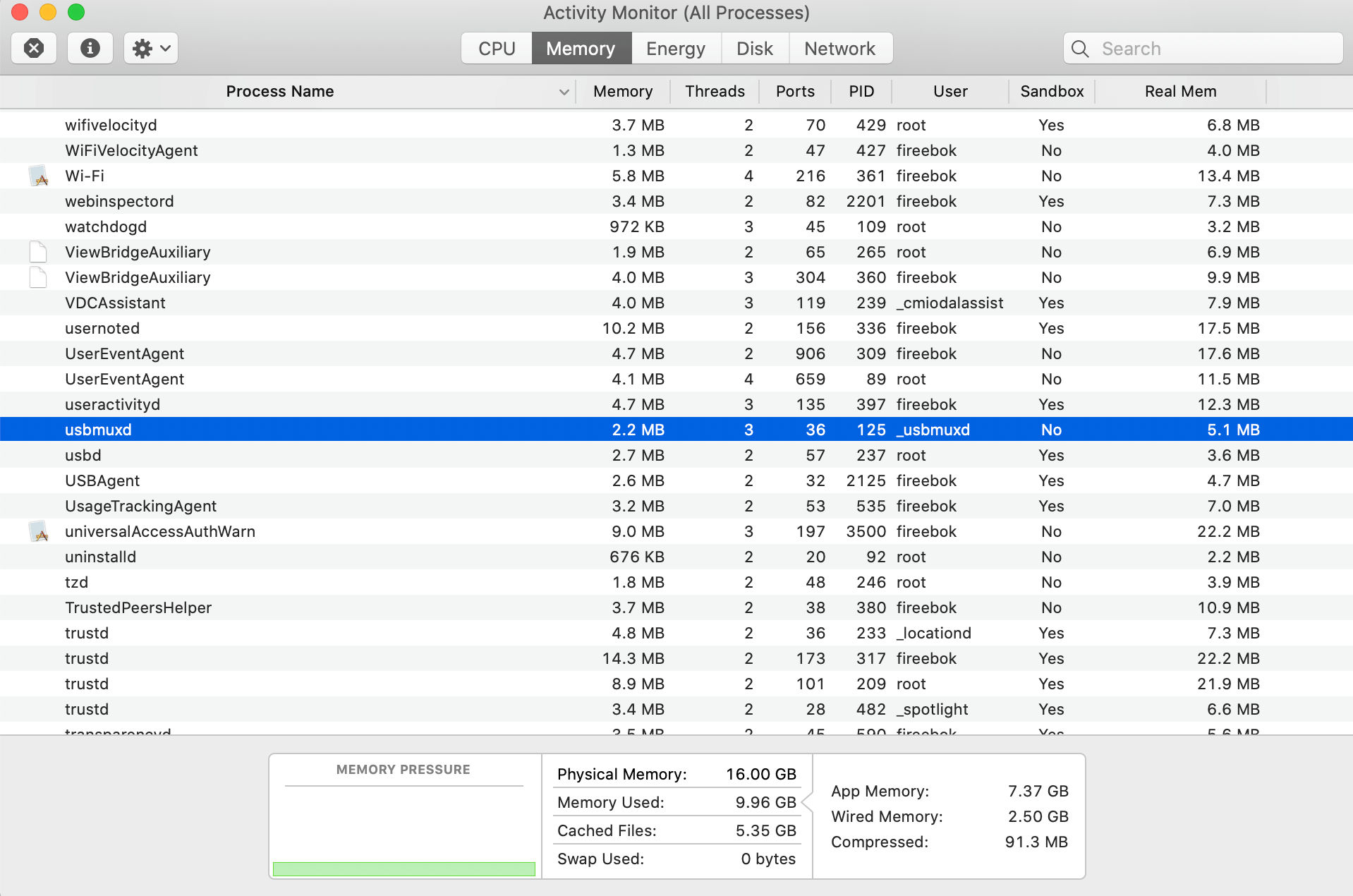
2. Sort the list of apps and processes by the Memory column from high to low.
3. Select any app using excessive memory, then click the ✕ button to force quit it.
If you notice that a particular app consistently uses a large amount of memory, it may be causing the issue.
2. If macOS Built-In Apps Are Using Excessive Memory
Some users have noticed that built-in apps like Mail, News, or Photos are consuming too much memory. This could be caused by memory leaks or conflicts with some features — especially Apple Intelligence or Spotlight indexing.
Try the following fixes:
a. Turn Off Apple Intelligence
1. Go to Apple menu → System Settings → Apple Intelligence & Siri, turn off Apple Intelligence.
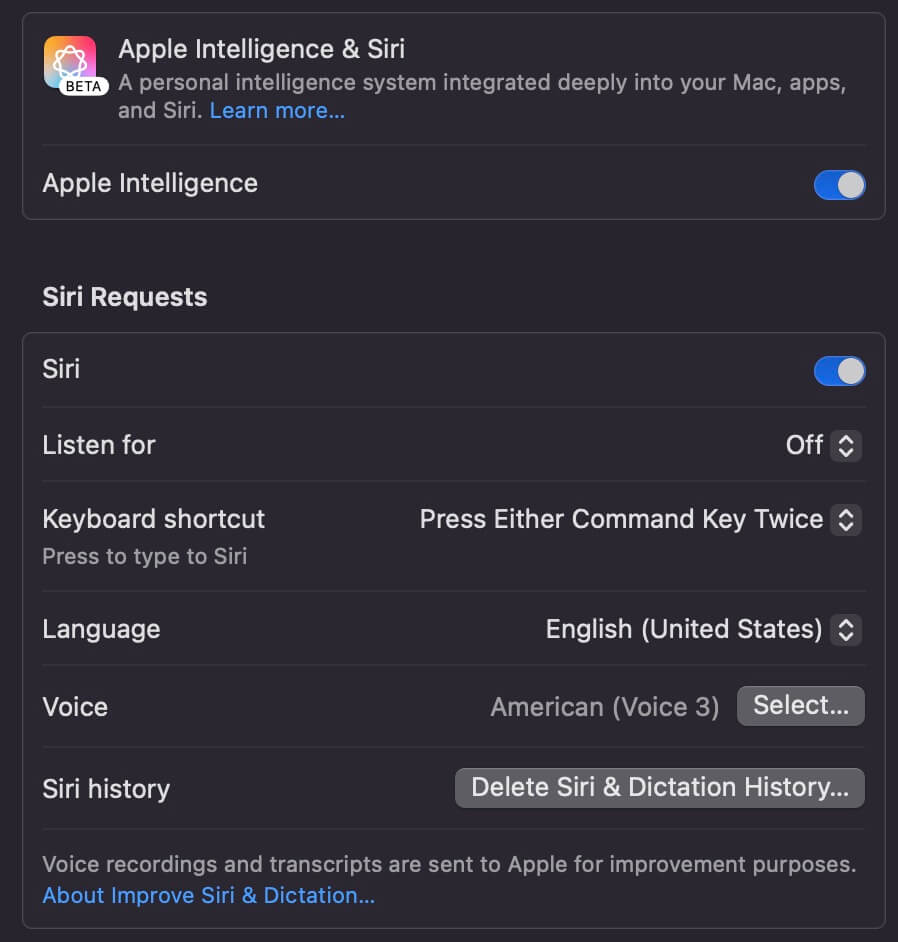
b. Rebuild the Spotlight Index
1. Go to System Settings → Siri & Spotlight, scroll down to Spotlight Privacy.
2. Add your main hard drive to the list of excluded locations, then remove it from the list to trigger Spotlight reindexing.
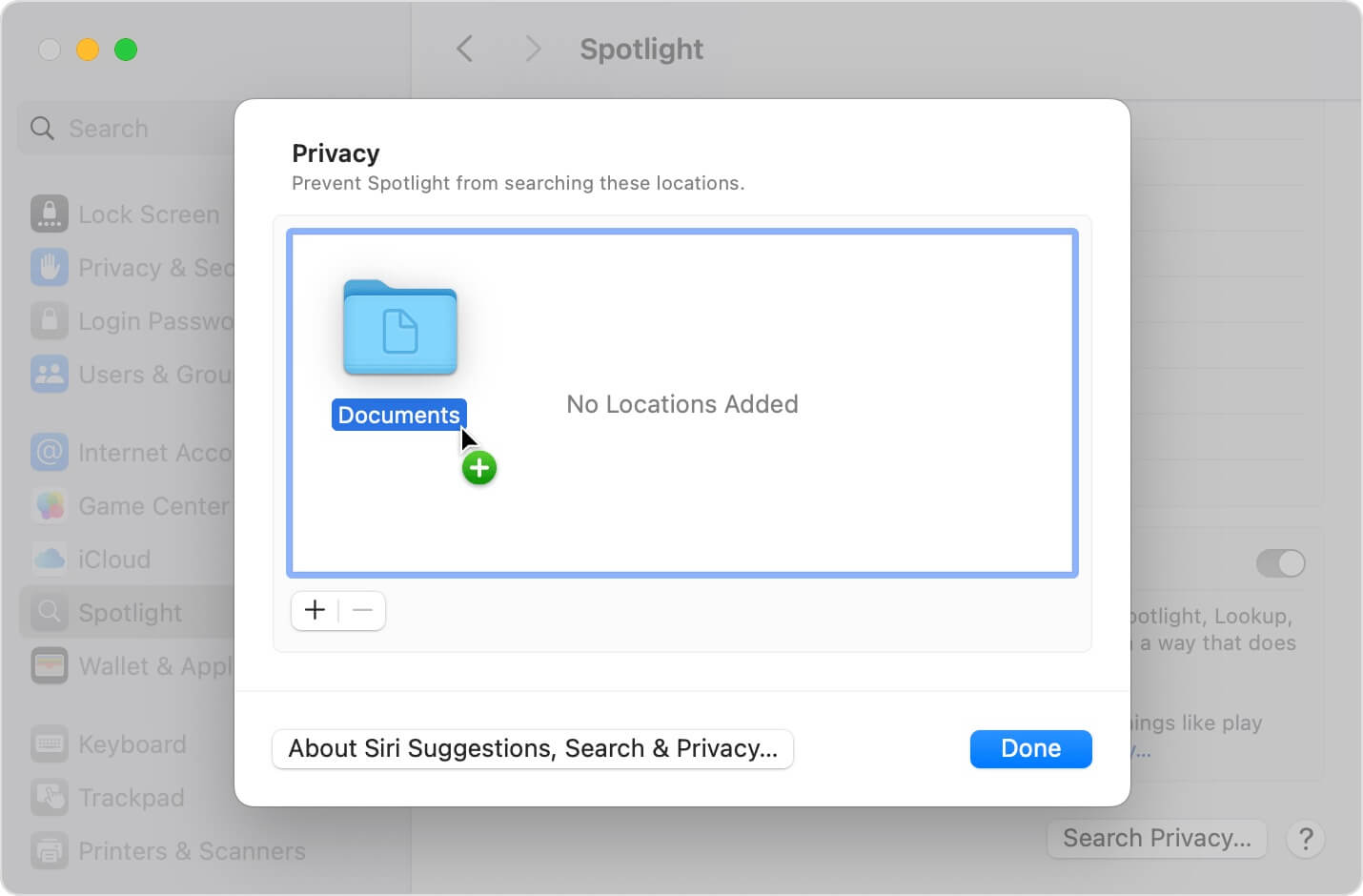
3. Quit System Settings and wait while Spotlight rebuilds the index.
After completing these steps, restart your Mac and check if the problem persists.
3. If Third-Party Apps Are Using Too Much Memory
If the memory issue is caused by third-party applications, make sure the app is updated to a version that supports macOS 26 Tahoe.
• If the app hasn’t been updated or is incompatible, it’s best to uninstall it completely from your Mac.
• To fully remove the app and its related files, you can use a dedicated uninstaller tool such as PowerSuite – App Uninstaller, which helps remove all associated files with one click.
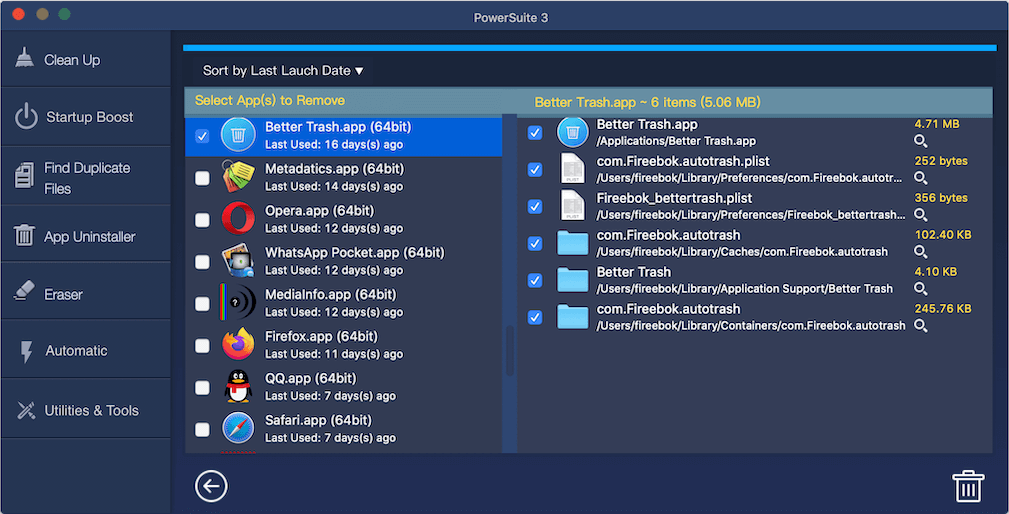
Final Tips
1. Restart your Mac regularly to clear cached memory.
2. Keep macOS and all apps updated to the latest versions.
3. Avoid running too many memory-intensive apps at the same time.
By following the above steps, you should be able to fix the “System has run out of application memory” issue on macOS 26 Tahoe and restore smooth system performance.
| More Related Articles | ||||
 |
1. How to find and remove duplicate photos from Photos? 2. How to batch rename photos within the Photos app on Mac? |
|||
About Fireebok Studio
Our article content is to provide solutions to solve the technical issue when we are using iPhone, macOS, WhatsApp and more. If you are interested in the content, you can subscribe to us. And We also develop some high quality applications to provide fully integrated solutions to handle more complex problems. They are free trials and you can access download center to download them at any time.
| Popular Articles & Tips You May Like | ||||
 |
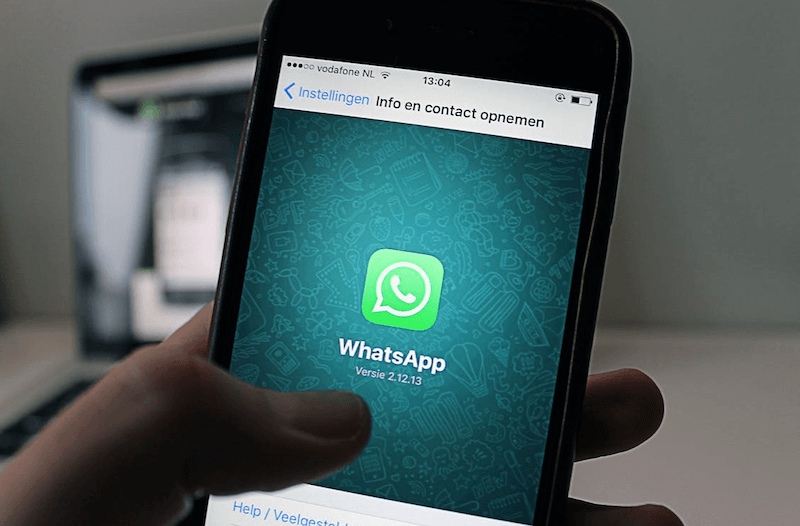 |
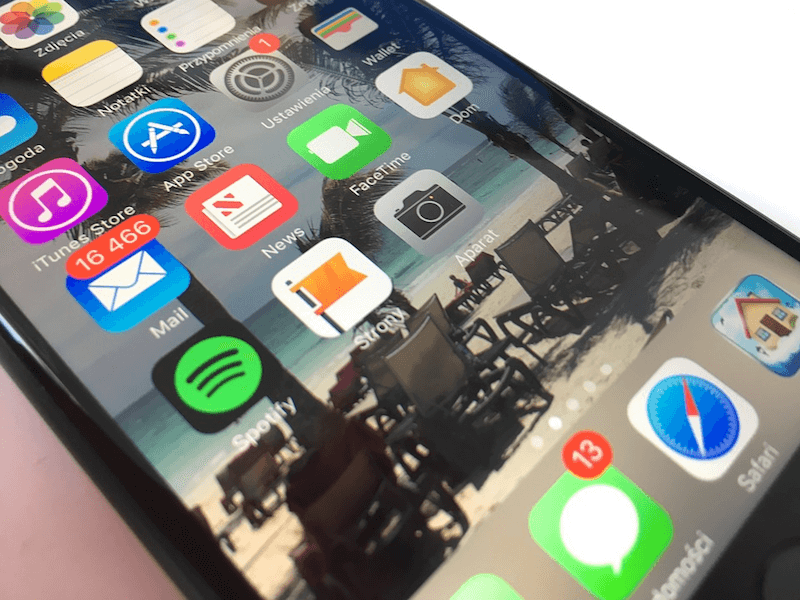 |
||
| Five ways to recover lost iPhone data | How to reduce WhatsApp storage on iPhone | How to Clean up Your iOS and Boost Your Device's Performance | ||